Philodendrons are among the most popular houseplants around the world, thanks to their beautiful foliage, air-purifying qualities, and low-maintenance nature. Whether you’re a beginner gardener or a seasoned plant lover, understanding how often to water a philodendron is essential to keeping it healthy, vibrant, and thriving. In this article, we’ll explore everything you need to know—from watering frequency and signs of overwatering to environmental factors and best practices.
Understanding the Philodendron’s Natural Habitat
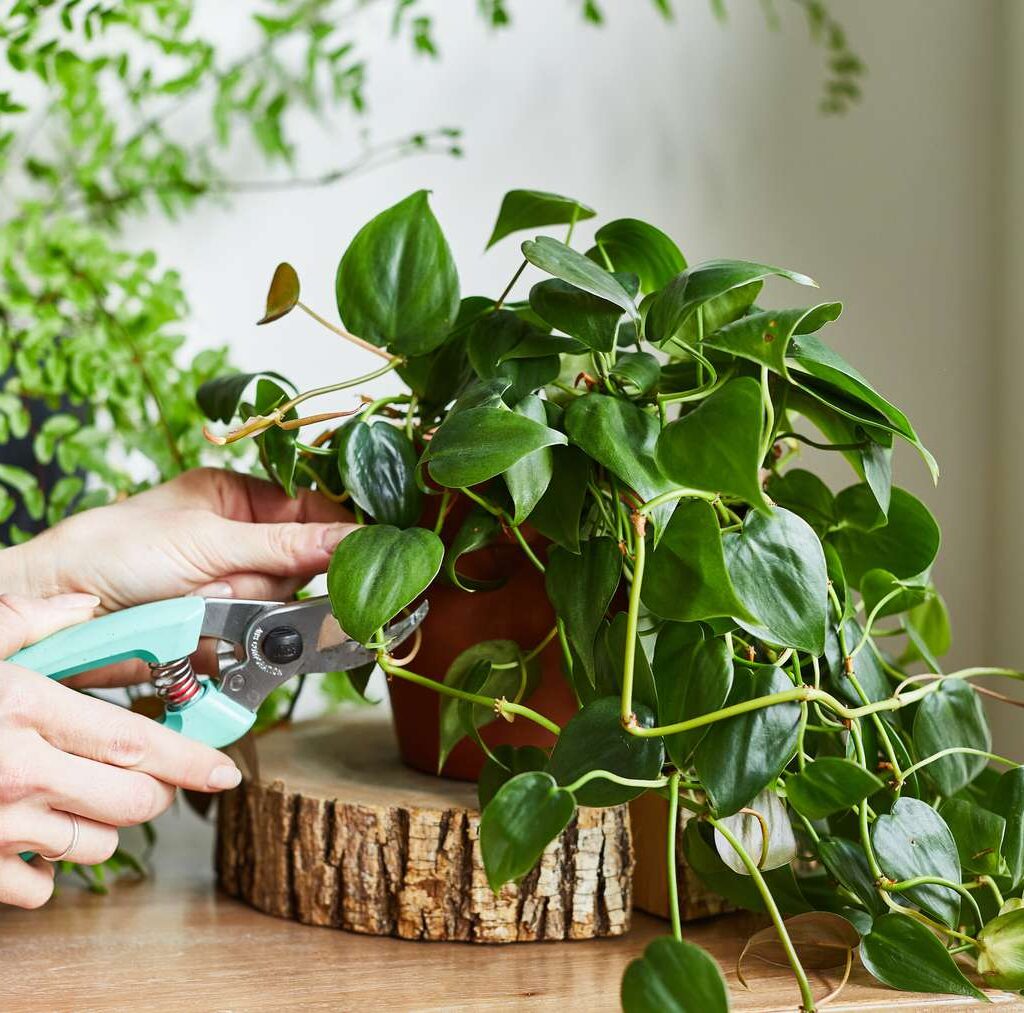
Philodendrons are native to the tropical rainforests of Central and South America, where they grow in warm, humid, and shaded environments. These plants typically thrive under the rainforest canopy, receiving dappled sunlight and frequent moisture from the humid air and soil. However, they also experience natural drying cycles, which are important for root health.
This tropical background gives us clues: philodendrons love moist—but not soggy—soil. They don’t want to sit in water but also shouldn’t dry out completely for long.
General Watering Frequency
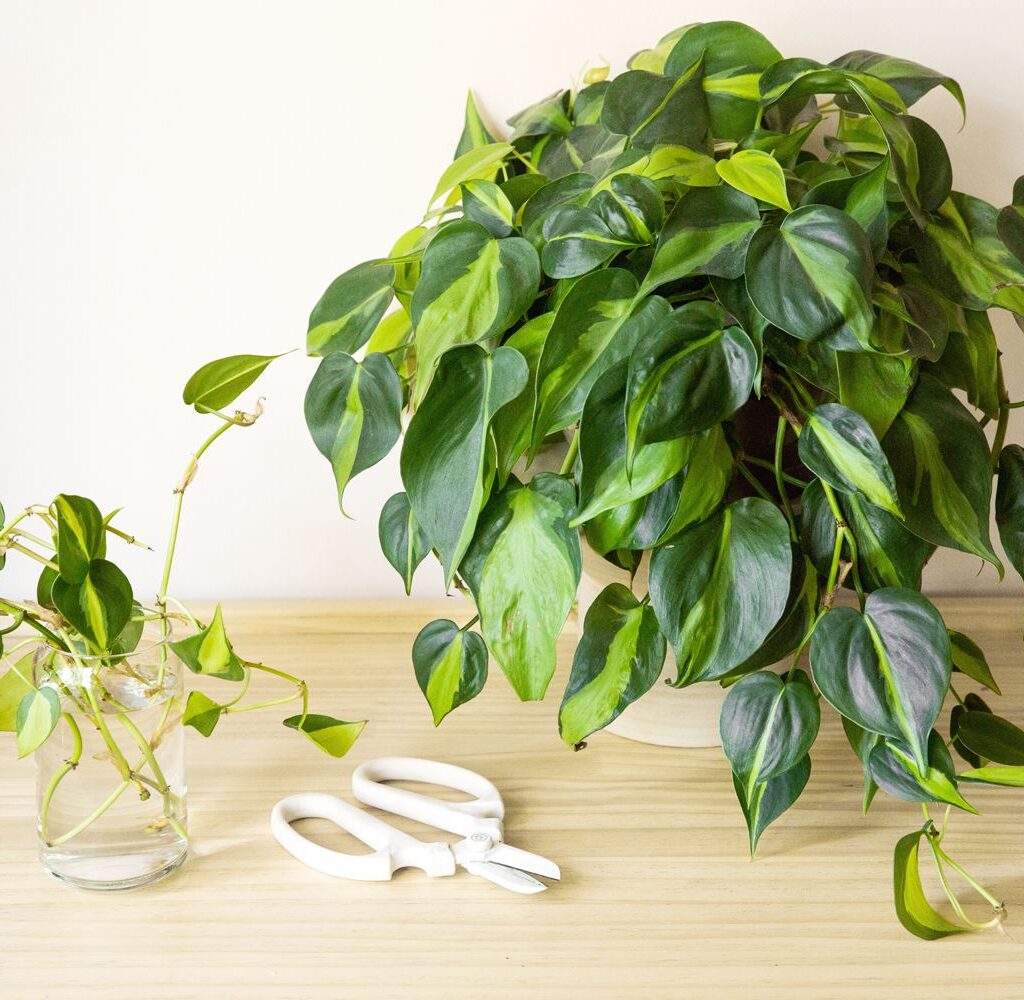
The golden rule for philodendron watering is: water when the top inch of soil feels dry to the touch.
For most indoor philodendrons:
- In spring and summer (active growing season): Water every 7–10 days.
- In fall and winter (dormant period): Water every 10–14 days.
However, this is just a general guideline. Environmental conditions, pot type, plant size, and soil mix all affect how quickly your plant dries out. So, always check the soil before watering.
Factors That Influence Watering Needs
Several variables can affect how often you should water your philodendron:
1. Season and Growth Stage
- During spring and summer, your philodendron grows rapidly, consuming more water.
- In winter, growth slows, and the plant needs less moisture.
2. Potting Mix
- A well-draining soil mix is key. Aroid potting mixes (containing peat moss, perlite, and orchid bark) allow moisture to pass through while retaining just enough for the roots.
- If your soil retains too much water, watering should be less frequent to avoid root rot.
3. Pot Material and Size
- Terracotta pots absorb water and allow the soil to dry faster.
- Plastic or ceramic pots retain moisture longer.
- A larger plant in a smaller pot will use water more quickly, while a small plant in a large pot will retain more moisture and need less frequent watering.
4. Humidity and Temperature
- Philodendrons love humidity (50–60% or higher).
- In dry or hot environments, water evaporates faster, meaning you may need to water more frequently.
- Air conditioners or heaters can dry out soil quickly, too.
Signs Your Philodendron Needs Water
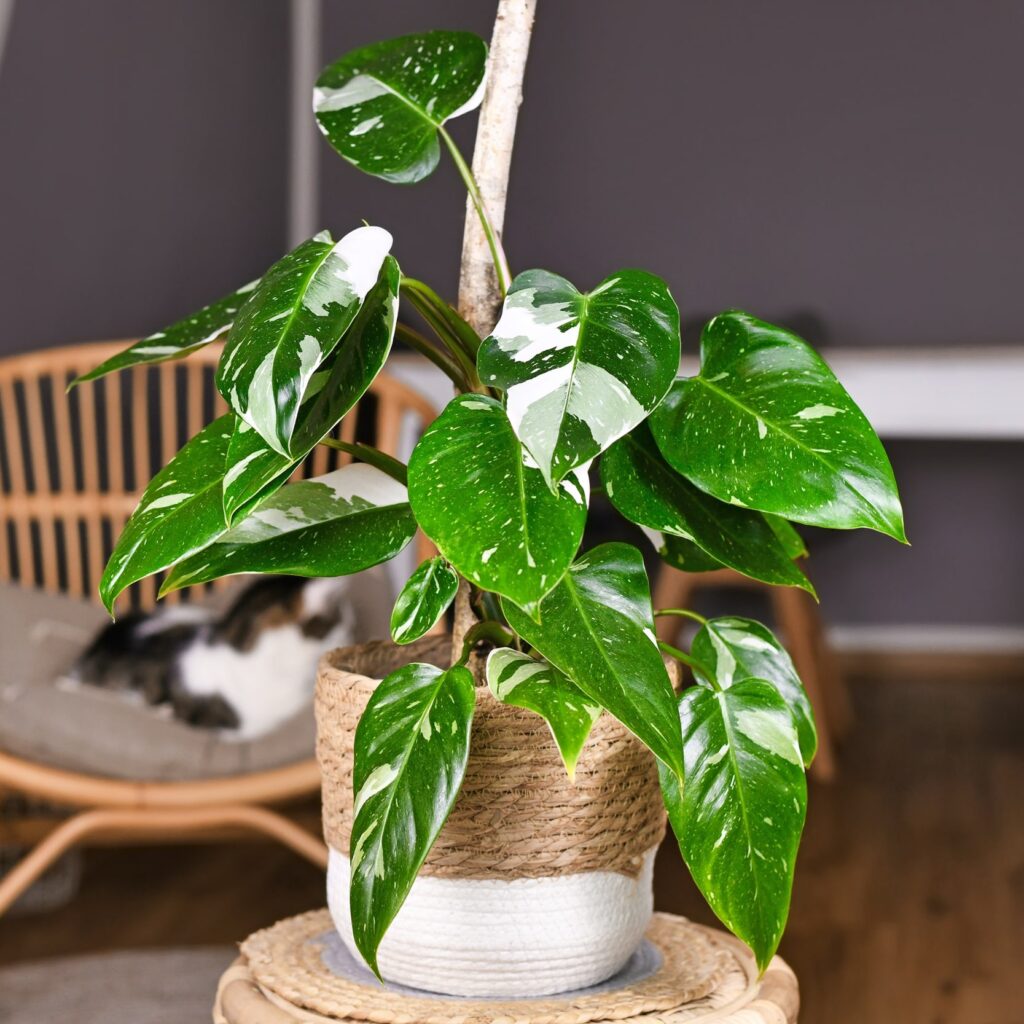
Use these signs as your guide to when your philodendron is thirsty:
Dry Top Soil
- The top inch (about a finger’s depth) feels dry.
Drooping or Wilting Leaves
- When underwatered, philodendron leaves may droop or curl slightly.
Lighter Green Leaves
- A slightly paler leaf color can indicate water deficiency.
Slow Growth
- Consistent underwatering can stunt growth, especially in the growing season.
Signs of Overwatering
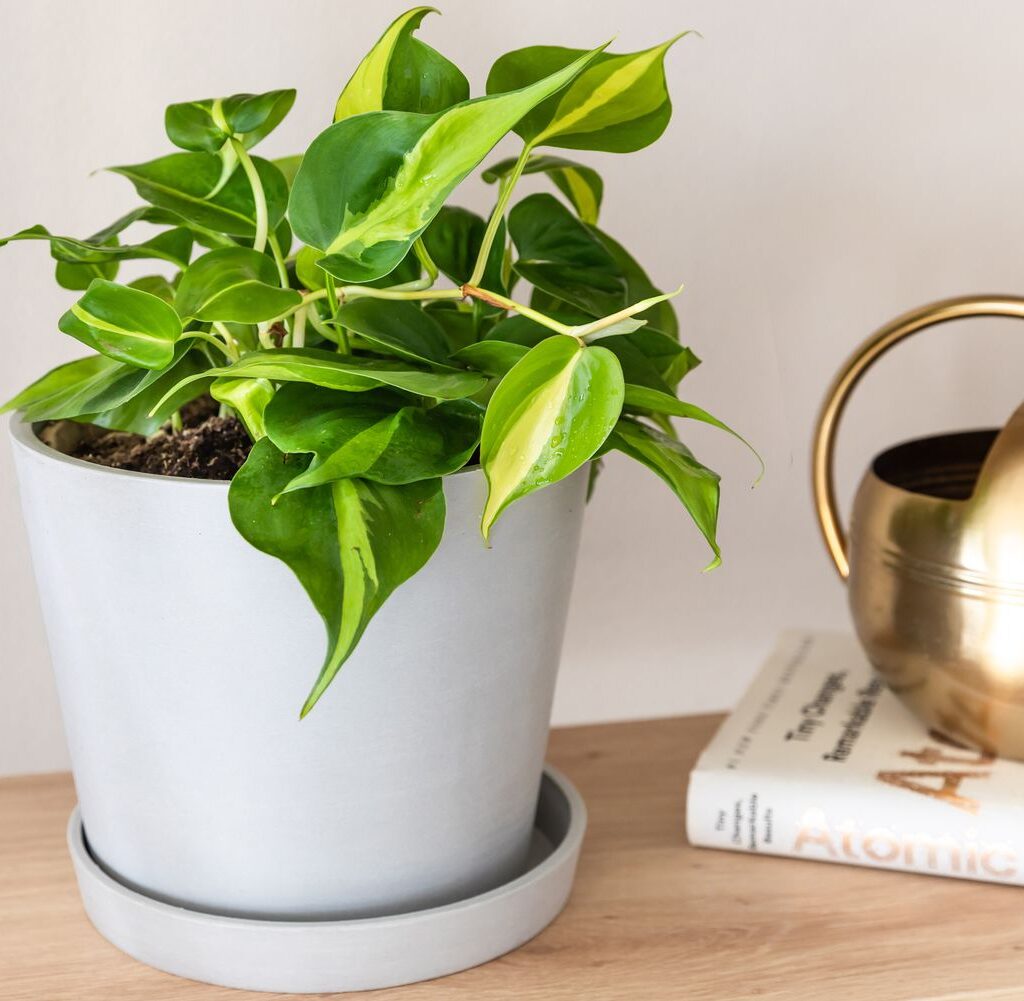
Philodendrons are prone to root rot if overwatered. Here are warning signs:
Yellowing Leaves
- Especially on lower leaves. Yellowing often means roots are sitting in water too long.
Mushy Stems or Base
- Indicates root rot has begun to spread to the main stem.
Soil Smells Musty
- A bad odor suggests fungal or bacterial growth in soggy soil.
Constantly Wet Soil
- If the soil is always damp, it’s a sign you’re watering too frequently or the drainage is poor.
Best Watering Practices for Philodendrons
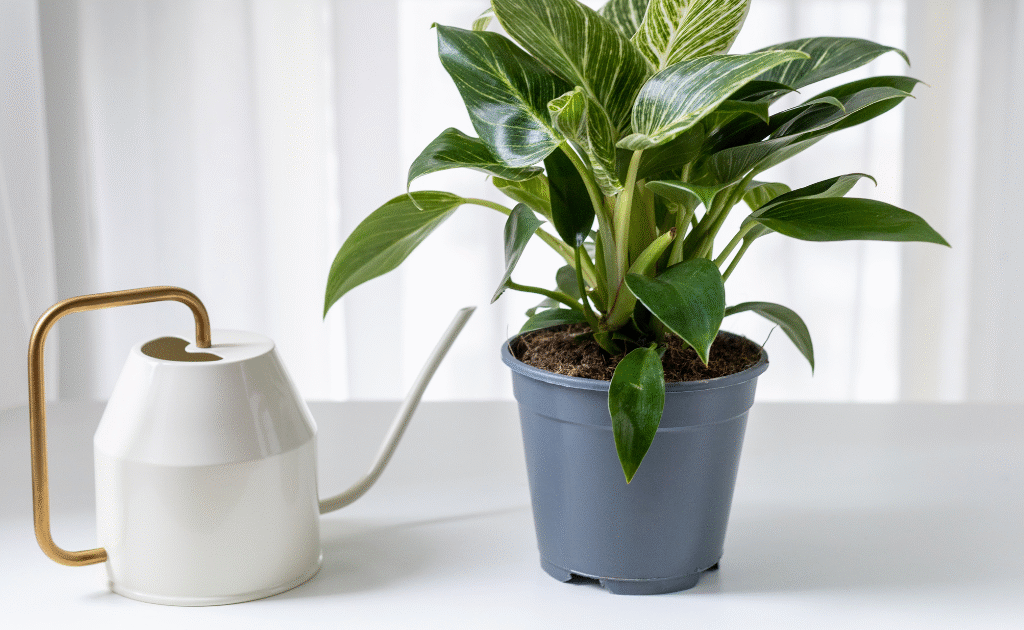
To keep your plant in peak condition, follow these smart watering strategies:
Use Room-Temperature, Filtered Water
Cold or chemically treated water can shock the plant or cause leaf burn. Let tap water sit overnight to evaporate chlorine and adjust to room temperature.
Water Thoroughly, But Infrequently
When watering, drench the soil until excess water drains out the bottom. This ensures the entire root system is hydrated. Avoid shallow watering, which only moistens the top layer.
Ensure Good Drainage
Always use pots with drainage holes. If using decorative pots without drainage, place a plastic nursery pot inside so excess water can drain freely.
Follow a Finger Test or Moisture Meter
Insert your finger into the soil to check for moisture. Alternatively, use a moisture meter for more precision.
Adapt to the Plant’s Feedback
Some philodendrons, especially climbing varieties like Philodendron hederaceum, might require more water during growth spurts. Others, like Philodendron gloriosum, prefer drier conditions. Watch your plant’s behavior and adjust accordingly.
Bonus Tip: Self-Watering Solutions
If you travel often or forget to water, consider self-watering pots or using watering globes. These systems provide consistent moisture to the roots while preventing overwatering. Just make sure the soil still gets a chance to partially dry between refills.
Different Philodendron Types and Their Watering Needs
Philodendrons come in many varieties, and watering can differ slightly between types:
1. Climbing Philodendrons (e.g., Heartleaf Philodendron)
- Faster growth = slightly more frequent watering.
- Let the top inch dry, then water deeply.
2. Upright Philodendrons (e.g., Philodendron ‘Birkin’)
- These prefer evenly moist soil.
- Avoid letting them dry out completely between waterings.
3. Rare/Velvety Philodendrons (e.g., Philodendron micans, gloriosum)
- Sensitive to overwatering.
- Use a chunkier soil mix and water only when dry 1–2 inches deep.
Watering Mistakes to Avoid
- Watering on a schedule instead of by soil moisture: Conditions change—so should your watering habits.
- Ignoring drainage holes: Water that doesn’t drain leads to root rot.
- Letting water sit in saucers: Always empty the saucer after watering.
- Over-misting: While philodendrons enjoy humidity, excess misting can cause leaf spots or fungus.
Quick Reference: Seasonal Watering Chart
| Season | Frequency | Notes |
|---|---|---|
| Spring | Every 7–10 days | Monitor rapid growth |
| Summer | Every 5–7 days | High temps = faster drying |
| Fall | Every 10–12 days | Start reducing water |
| Winter | Every 12–14 days | Let soil dry more between waterings |
Final Thoughts
Watering a philodendron may seem simple, but mastering the balance between under- and over-watering is key to a thriving plant. Rather than sticking to a fixed schedule, observe your plant, feel the soil, and adjust based on the environment. With a little attention and the right approach, your philodendron will reward you with lush, vibrant leaves and long-lasting beauty.
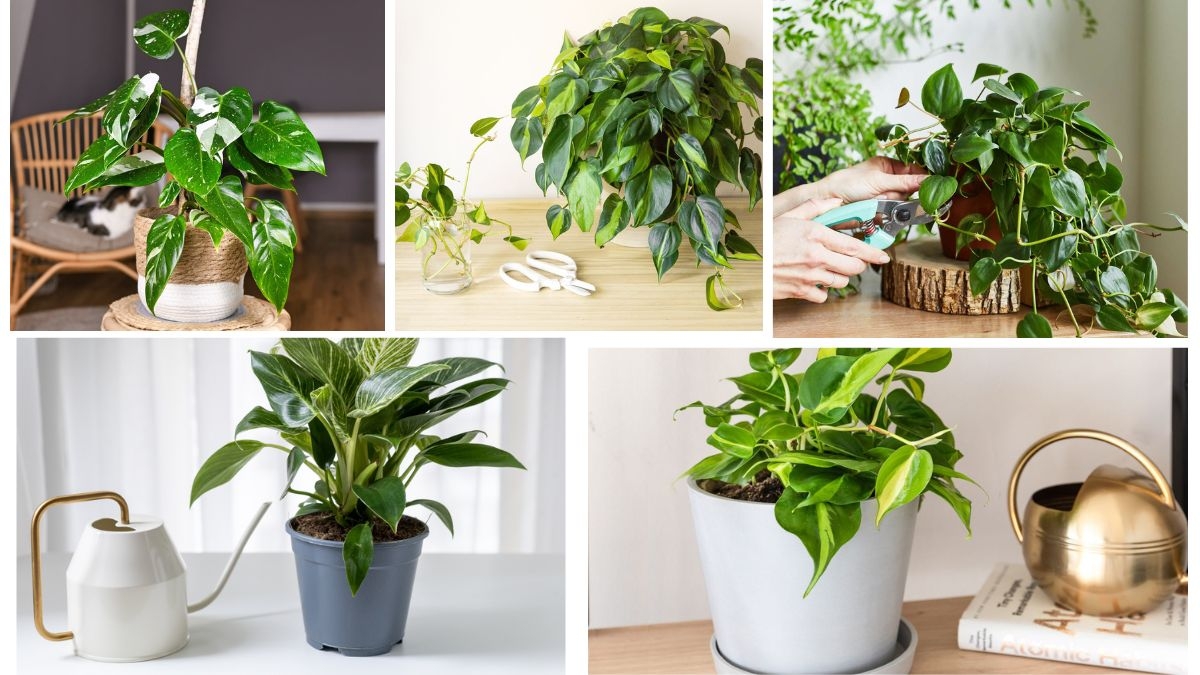



Leave A Comment